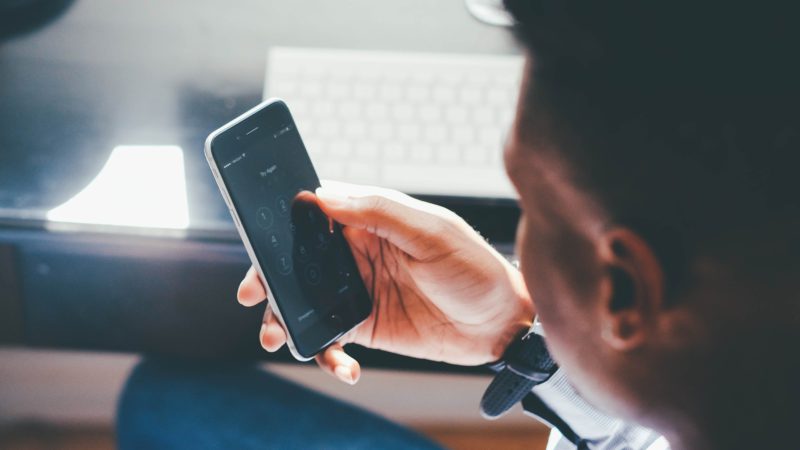Data hack and data breach is the most common issue we have witnessed and heard about. Giant companies have repeatedly failed to secure users’ data from a community of hackers and cyber frauds all over the internet despite enhancing multi-layer securities, integrating AI into security and network systems and other important measures.
A fitness tracker really helps you by indicating your health and physical activity throughout the day. These devices are built in such a way that they could gather data to provide in-depth tracking of many distinct exercise criteria for analysis,keeping-record and other important parameters. It could even tell you how much you have walked throughout the day, your heartbeat, total hours of your sleep and even total calories burned.
Fitness trackers have caught our eyes and have gained huge acceptance and are continuously in demand. In the year 2015, the fourth quarter alone witnessed a rise in sales by 197 percent from 7.1 million to 21 million units. Marketing Analysts (Park Associates) estimates that it is now supposed to grow immensely and will rise to $5.4 billion in 2019 from $2 billion in 2014.
Are are you absolutely sure your Fitness Tracker Data is Safe and Secure?
These data are in general are uploaded to the user’s personal account which is registered with a personal email. These data can show your progress level and it also offers the ability to share your data with friends and others for a subtle and friendly competition. People are often heard saying Fitness trackers keeps them motivated and raise their fitness goals and consciousness.
Senior Security Research person Stephen Cobb told us about a major security breach in 2015.
A toy-making company known as VTech usually makes smartwatches for children, later found out more than five million customer’s personal information was compromised.
No one knows if our personal information is vulnerable or not and where our data is going to leak from. With the increasing popularity of wearable fitness trackers, there is an increased risk of keeping it secure. We have to make sure your fitness band is secure or need to further take other security measures that are in your reach.
How is Data Collected?
After we are done buying a fitness tracker, our next job is to set it properly and start using it from the second day to keep ourselves healthy, but we never think of certain questions like What data is sent to the server? How the information is used by a company? How the tech companies are keeping your data secure?
Stick to the article to get these Answers
- We found out, that Jawbone and Withings applications can be used to create fake fitness band records. And such fake records questions the authenticity of data of fitness bands that are used in insurance companies and court cases.
- Withings Health mate application and Garmin Application for iPhone and Android contain security vulnerabilities that allow an unapproved third party to write, read and deleted user data.
- The Garmin Connect app does not engage basic data transmission security routines for its iOS or Android applications. And most importantly it discloses fitness information to the surveillance.
Now we will come up with the solution to the most important question of the article,
How to make sure your fitness tracking data are secure?
Since it is very important to know how to keep your data secure, you should first know what are the informations and how are they needed. All the vital points to prevent breach are given below in brief.
1. Go through the user agreement
If you don’t have a fitness tracker and want to buy a new one, make sure you read the full user agreement before signing any of the documents. You will definitely get to know important information like how much data the company collects from your device and what it actually does with your data and for how long they will keep your data. So, it is very important for everybody to read the User-agreement thoroughly.
2. Set Multi-layer authentication
Multi-layer or two-factor authentication is probably the best way to keep your account security in check. It works very simply and we go through this process for many other applications. Basically a code is generated and then it is sent to your mobile or a trusted device and the next and the last step is you have to enter the code so that it can verify your identity.
3. How to lessen the data collection?
The data applications and devices generally gather is more than what they might need. And why would we give them access to data which are not required or important at all? So, you should restrict them from collecting and storing data. Give them the data which is required to give you actionable feedback.
Just for an example: if you want them to track your footsteps and sleeping habits and not your calories, then you just need to turn off the calories tracker.
4. Share your information carefully
Accept requests from people you know like your friends and families and colleagues. While sharing any information with anyone you should be aware of what are you sharing and to whom.
The social feature of Fitness trackers is sporty as you can compare your works with your friends and seta future goal.
Wrapping things Up
The article on How to make sure your fitness trackers are secure comes to an end here. When you plan for a fitness tracker or even you are an existing user, the process mentioned above to avoid and prevent your data and to keep your device security should be taken very seriously.
Just make sure you stay ahead of the problem.



